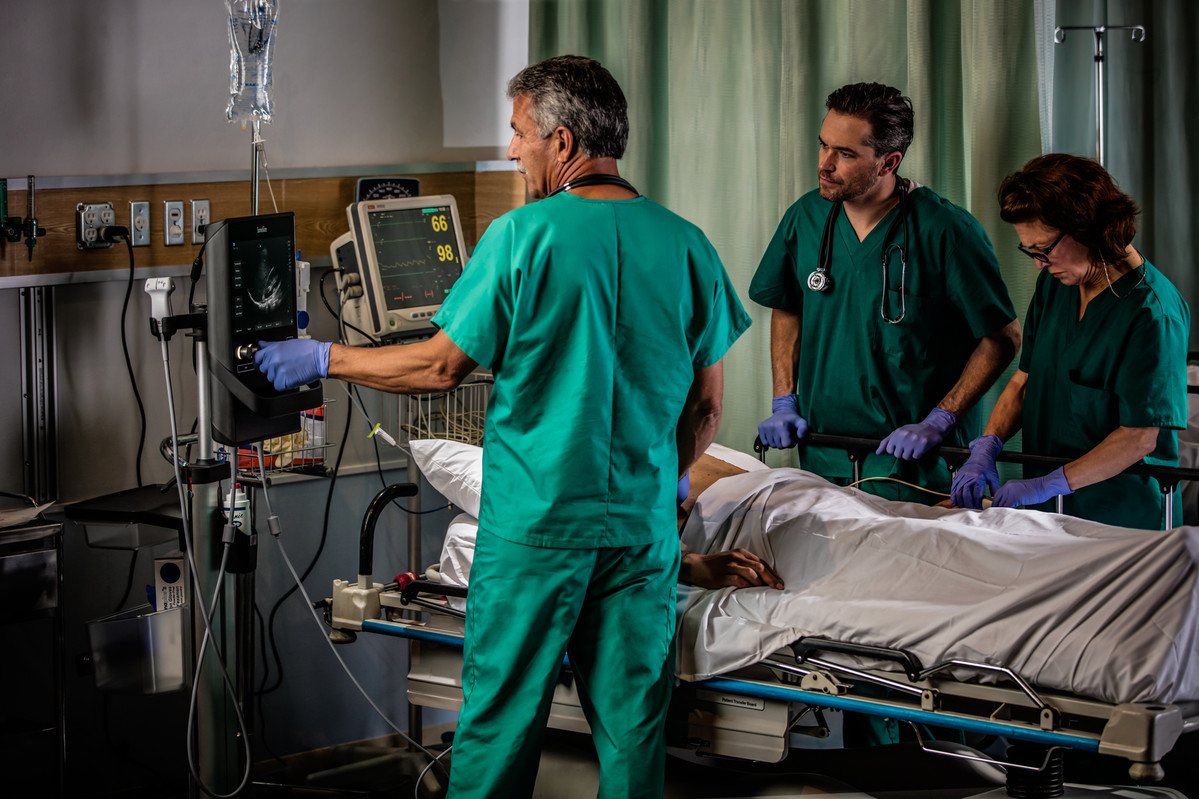POCUS in Pre-hospital Settings: Rotterdam, The Netherlands

Time is of the essence in an emergency situation, and may be the difference between life and death. Ambulance crews on the front line must decide rapidly whether or not a patient is suffering from a life-threatening condition requiring specialist treatment, and point-of-care ultrasound can provide vital guidance.
9 Reasons Ultrasound is Invaluable for Nephrologists

Point-of-care ultrasound is fast becoming a key instrumental technique in nephrology , supporting diagnostics and improving delivery of renal replacement therapy and subsequent vascular monitoring.
Battling Opioid Over-Prescription from Inside the ED

Did you know that nearly half of all opioid overdoses involve a prescription?
Physicians are beginning to tackle the problem at ground zero: in the ED, where many patients receive their first prescription opioids.
The Changing Face of Anesthesia

With constant pressure on healthcare providers to improve the quality and efficiency of care while reducing costs, standardization of patient management is a logical step towards more streamlined services. Anesthesia is one area that is beginning to embrace this approach, combining regional nerve blocks with ultrasound guidance to improve both the quality and effectiveness of patient care while minimizing hospital stays.
Thyroid and Parathyroid Surgery Using Ultrasound-Guided Nerve Blocks

A Sonosite SII point-of-care ultrasound system recently played a key role in an innovative procedure of thyroid surgery without the use of general anesthetic.
Dr. Rüdiger Eichholz, a consultant anesthetist working for private practice in Stuttgart, Germany, explained the case.
The Tube Approach to Perioperative Point-of-Care Ultrasound

Anaesthetists working in perioperative medicine have increasingly taken a whole body approach to patient evaluation known as TUBE – Total Ultrasound Body Examination – thanks to the development of point-of-care ultrasound.
Concerns about Point-of-Care Ultrasound in Australia

by Rich Fabian, Chief Operating Officer, FUJIFILM Sonosite
Point-of-care Ultrasound Helps Streamline Management of Cardiac Arrest
Point-of-care Ultrasound Helps Streamline Management of Cardiac Arrest

Point-of-care ultrasound plays an important role in the management of cardiac arrest.
Dr. Matthew Reed, an Emergency Medicine consultant at the Royal Infirmary of Edinburgh, explains why Sonosite ultrasound is used to help shorten the path to treatment for cardiac arrest victims in emergency and pre-hospital medicine.
Treating Acute Pain Without Opioids

For the past 20-odd years in the United States, traumatic and acute conditions have often been treated in the Emergency Room using opioid drugs. Now, with the effects of a nationwide opioid addiction crisis becoming increasingly dire, hospitals and trauma centers are looking for new ways to treat pain without prescribing addictive opioid painkillers.


